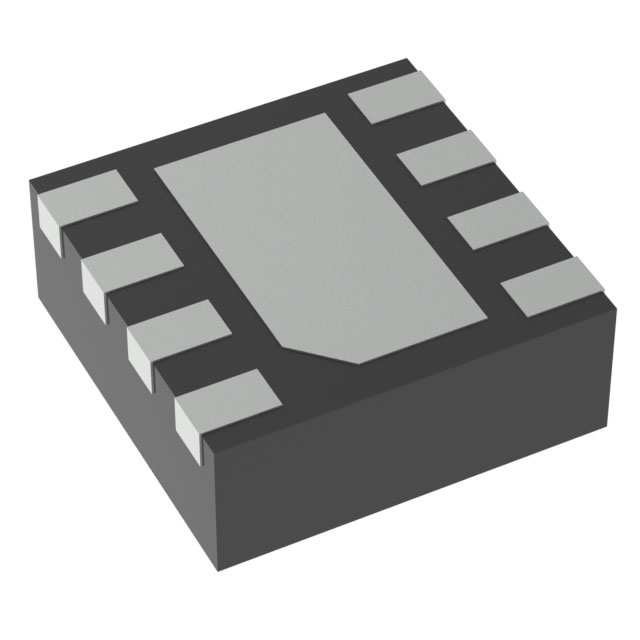NJM393CV-TE1
Manufacturer No:
NJM393CV-TE1
Manufacturer:
Description:
IC COMPARATOR 2 GEN PUR 8SSOP
Datasheet:
Delivery:





Payment:




In Stock : 0
Please send RFQ , we will respond immediately.









NJM393CV-TE1 Specifications
-
TypeParameter
-
Supplier Device Package8-SSOP
-
Mounting TypeSurface Mount
-
Package / Case8-LSSOP (0.173", 4.40mm Width)
-
Operating Temperature-40°C ~ 85°C
-
Hysteresis-
-
Propagation Delay (Max)-
-
CMRR, PSRR (Typ)-
-
Current - Quiescent (Max)2.5mA
-
Current - Output (Typ)16mA @ 5V
-
Current - Input Bias (Max)0.25µA @ 5V
-
Voltage - Input Offset (Max)5mV @ 5V
-
Voltage - Supply, Single/Dual (±)2V ~ 36V, ±1V ~ 18V
-
Output TypeCMOS, DTL, ECL, MOS, Open-Collector, TTL
-
Number of Elements2
-
TypeGeneral Purpose
-
PackagingTape & Reel (TR)
-
Product StatusActive
-
Series-
The NJM393CV-TE1 is a dual operational amplifier integrated circuit chip. It offers several advantages and can be used in various application scenarios. Some of the advantages and application scenarios of the NJM393CV-TE1 are:Advantages: 1. Low power consumption: The chip operates at low power, making it suitable for battery-powered devices or applications where power efficiency is crucial. 2. Wide supply voltage range: It can operate with a wide range of supply voltages, allowing flexibility in different power supply configurations. 3. High input impedance: The chip has a high input impedance, making it suitable for applications where the input signal source has a high impedance. 4. Rail-to-rail output swing: The output voltage can swing close to the supply voltage rails, enabling a wider dynamic range and better signal fidelity. 5. Low input offset voltage: The chip has a low input offset voltage, minimizing errors in precision applications.Application scenarios: 1. Signal conditioning: The NJM393CV-TE1 can be used for amplifying, filtering, or buffering signals in various sensor applications, such as temperature sensors, pressure sensors, or light sensors. 2. Comparator: It can be used as a comparator to compare two input signals and provide a digital output based on the comparison result. This is useful in applications like voltage level detection, threshold detection, or simple logic circuits. 3. Oscillators and waveform generators: The chip can be used to build oscillators or waveform generators for generating various waveforms like square waves, triangular waves, or sine waves. 4. Voltage level shifting: It can be used to shift voltage levels from one range to another, making it useful in level shifting applications or interfacing different voltage domains. 5. Active filters: The NJM393CV-TE1 can be used to build active filters for signal conditioning or frequency response shaping in audio applications or communication systems.These are just a few examples of the advantages and application scenarios of the NJM393CV-TE1 integrated circuit chip. Its versatility and performance make it suitable for a wide range of electronic applications.
NJM393CV-TE1 Relevant information









